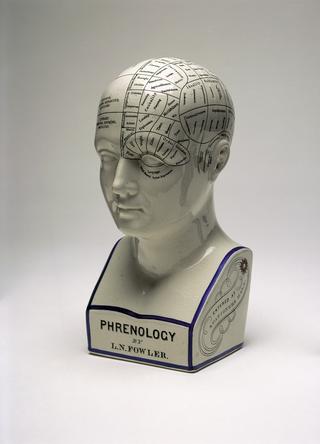
'Szondi-Test', psychological test, Switzerland, 1947
- Made:
- 1947 in Switzerland






Szondi-Test, Experimentelle triebdiagnostik, Testband. Box set containing cards with photographic portraits, includes instructions. From effects of psychiatrist Ann Dally.
The ‘Szondi-Test’ is a psychological test. It was developed by Hungarian geneticist and psychoanalyst Leopold Szondi (1893-1986). The test identifies psychological traits within patients, such as depression or mania. This example was used by controversial psychiatrist and medical author Dr Ann Dally (1929-2007) within her private practice. The test consists of 48 headshots that show distinct facial expressions. The patient is shown a row of eight images and instinctively chooses the two friendliest people. They then choose the two unfriendliest from the remaining six images, then the two most unpleasant faces from the remaining four. The psychologist notes the number on the reverse of each picture and analyses the result.
The test is based on a theory called genotropism. This argues similar people attract each other as ‘like attracts like’. The patient highlights certain character traits that apply to them by selecting images they subconsciously identify with themselves.
Details
- Category:
- Psychology, Psychiatry & Anthropometry
- Object Number:
- 2006-121
- type:
- psychological test
- credit:
- Wellcome Trust




